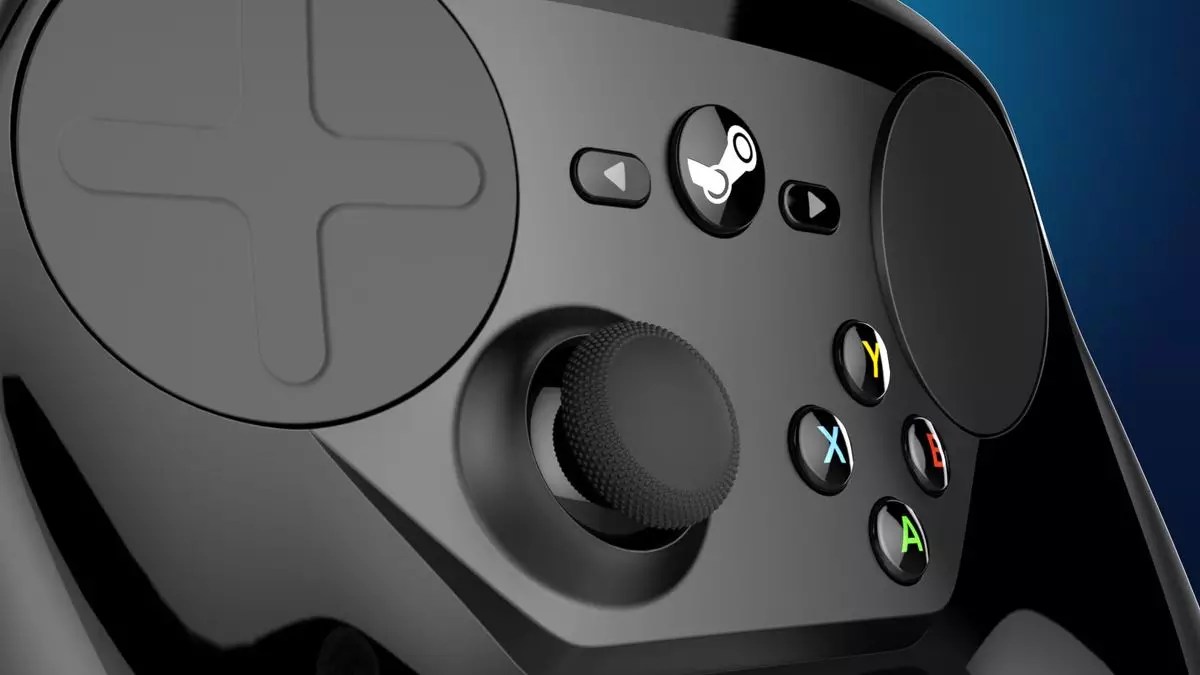Over the past few years, the gaming landscape has evolved significantly, and with it, the tools we use to experience games. At the forefront of this evolution is Valve’s ambitious foray into game controllers, epitomized by their original Steam Controller. Although it was officially discontinued in 2019, the concept still incites heated discussions among gamers. Now, rumors regarding the second iteration of this controller—codenamed “Ibex”—have surfaced, suggesting that it is nearing mass production. This article delves into the implications of these rumors and reassesses the potential impact of a new Steam Controller in today’s gaming ecosystem.
The original Steam Controller is a classic case study in ambition met with controversy. Introduced with the aim of bridging the gap between PC and console gaming, its dual-trackpad design, gyroscopic features, and extensive customization options garnered a loyal user base. Proponents argued that it allowed superior control in mouse-sensitive titles, an advantage over traditional gamepads. However, this versatility came with inherent issues, notably the lack of official configurations, which often left users sifting through community-made presets. Additionally, the build quality failed to meet the high standards expected from a Valve product.
Critics, including industry veterans, outlined the shortcomings of the Steam Controller by drawing parallels to standard, well-manufactured controllers or the precision that a mouse and keyboard setup offers. The controller’s failure to gain traction was also attributed to broader market trends, including the decline in interest surrounding Valve’s ill-fated Steam Machines, which effectively halted the “couch gaming” revolution that Valve intended to spark.
Today, the way we play games has transformed considerably, with a notable shift toward remote play and streaming technologies. Devices like handheld consoles and improvements in cloud gaming have made gaming on the couch more accessible than ever. The rapid ascent of home streaming services allows players to project games from their PCs onto larger screens effortlessly. This paradigm might enhance the relevance of a new Steam Controller, making it a potentially valuable tool for gamers who prefer a more relaxed play style.
Furthermore, the gaming community has seen significant advancements in hardware, including the growing popularity of customizable components. This trend could benefit the Steam Controller 2, as gamers seek devices that allow for personal tailoring, creating a possibility for Valve to capitalize on the prior model’s shortcomings. If the new controller integrates a user-friendly design with robust build quality, it may find a welcoming audience in a market that increasingly embraces versatility and innovation.
Insights from developers, including Valve’s Lawrence Yang, suggest that the company is gearing up for a second attempt at a controller that aligns better with current trends. As discussions circulate about the Steam Controller 2, questions arise regarding its design—whether it will feature dual trackpads, the dual-thumbstick design akin to the Steam Deck, or completely new elements. Though it’s tempting to anticipate a redesign that takes advantage of modern aesthetics and ergonomic principles, any decision made will undoubtedly be scrutinized in light of the original’s legacy.
Advancements in hardware quality since the release of the original controller could imply a more robust design in the Steam Controller 2, perhaps alleviating previous complaints about durability. Additionally, integrating popular features such as haptic feedback or adaptive triggers might significantly enhance user experience.
Above all, enhancing its usability could be critical in swaying the undecided or hesitant gamers, who may feel torn between traditional gamepad configurations and innovative interfaces like trackpads. Valve’s developers face the challenge of crafting a product that can stand toe-to-toe with existing market leaders while offering a unique value proposition.
As much as the anticipation surrounding the Steam Controller 2 is exciting, it’s important to approach such innovations with a critical eye. Valve should strive for a controller that doesn’t simply echo past designs but instead offers tangible advancements in both gameplay functionality and overall user experience. There’s merit in pursuing novelty, but balancing it with user-friendly design is crucial.
While some might revel in the controversy surrounding the aesthetics and functionalities, it’s clear that a successful controller must resonate more broadly with gamers’ current behaviors and expectations. The looming question remains: Will Valve’s commitment to innovation and development translate into a product that not only competes effectively in the contemporary market but also pays homage to the rich heritage of the original Steam Controller?
The rumored release of the Steam Controller 2 could mark a pivotal moment in Valve’s gaming hardware endeavors. Embracing modern technology while rectifying past mistakes could lead to a worthy successor, providing a much-needed tool for communication between the realms of PC and console gaming. Regardless of the final design, the discussion it inspires will no doubt keep the flames of innovation burning bright within the gaming community.


Leave a Reply